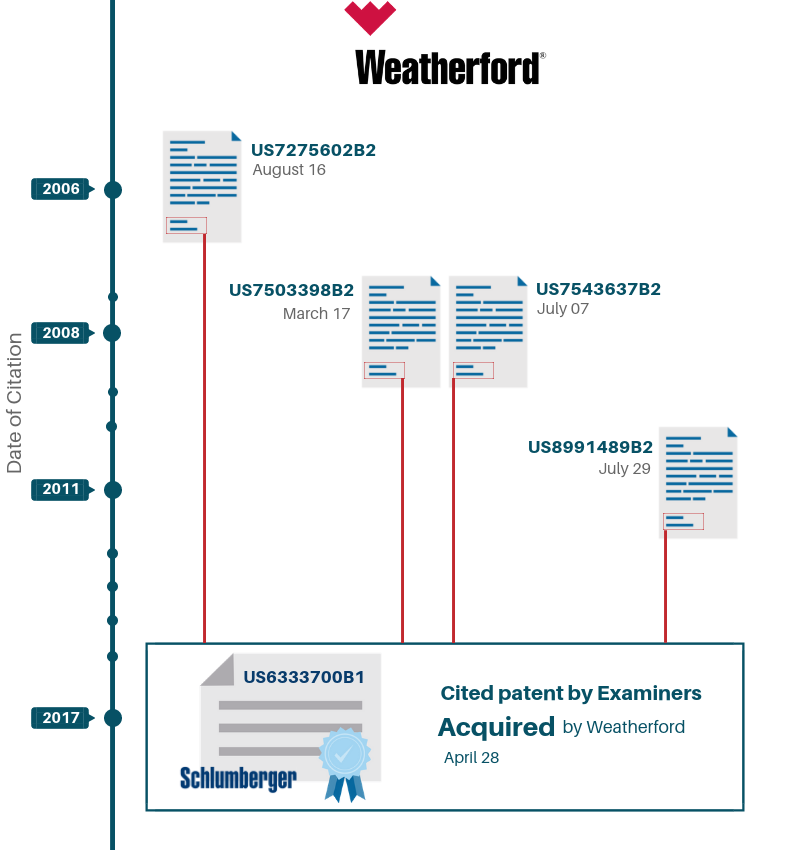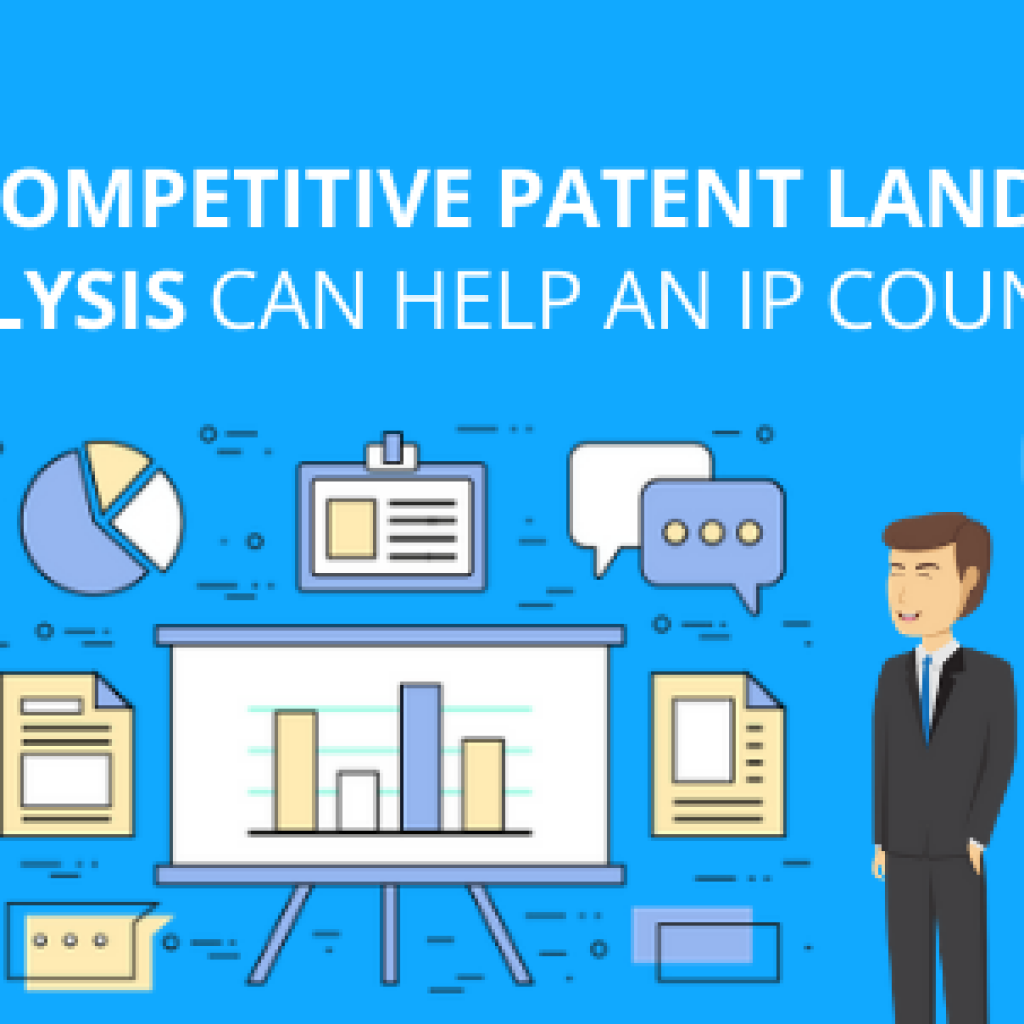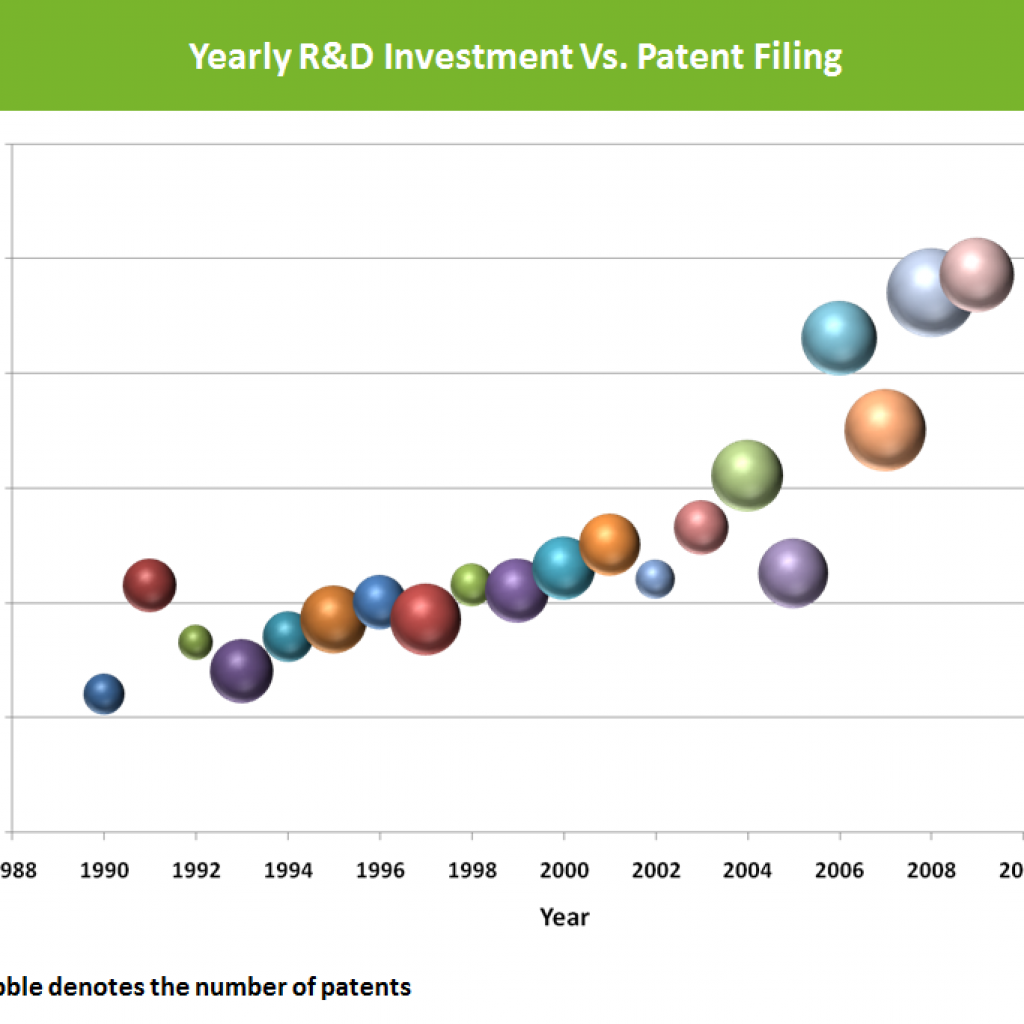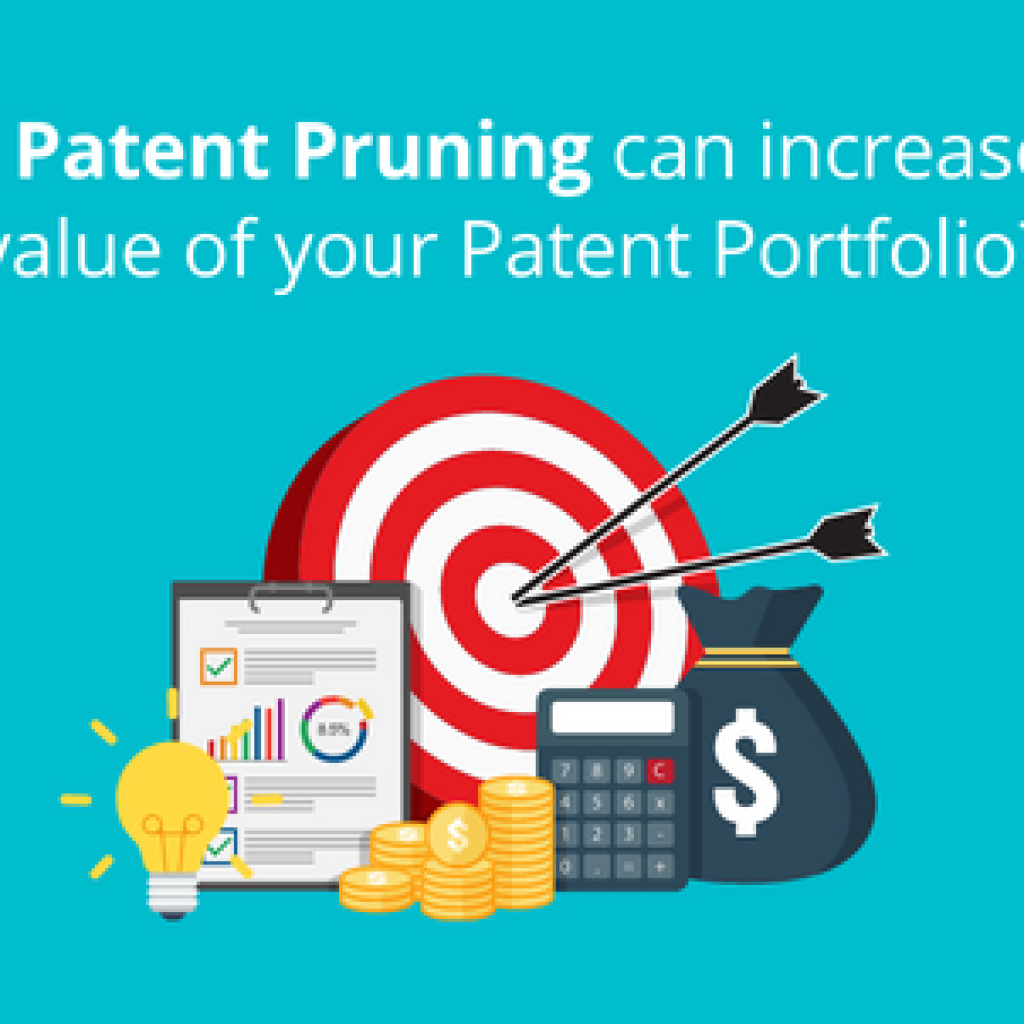We all know that studying patent citations can reveal a lot of insights – Be it understanding the strength and potential of a patent, or figuring out the strategies being followed by companies. But that is not it. Studying patent citation data can also reveal some sophisticated insights that can help an organization expand its business and/or its patent portfolio.
If you were looking for a way to strengthen your patent portfolio and/or your market position, you have arrived at the right place. In the next few hundred words, we are about to reveal a strategy that could help you achieve your portfolio strengthening/market domination goals. But first, let us look at a small study regarding backward citations — the patents that have been cited during prosecution of your own patent.
In 2016, two researchers at National Taiwan University published a paper that examined and entailed the complementary relationship between acquired technologies and self-owned technologies. In essence, they tried to determine whether or not externally acquired technologies can be fully integrated with technologies owned by an organization.
For the paper, they studied the portfolio of Taiwan Semiconductor Manufacturing Company (TSMC) — the largest semiconductor foundry in the world. Among other facts, the study highlighted that TSMC had built its portfolio of photovoltaic technology by acquiring patents. Now, that wasn’t the noteworthy insight here, but this: Most of the patents that TSMC had acquired were those that had been cited during the prosecution of their own patent applications.
In fact, TSMC had not confined this strategy only to photovoltaic technology; rather they had acquired numerous patents related to other technology areas; chiefly, those patents that had been cited by their own patents/applications.
Now, one could surely think: “Perhaps, this is an outlier scenario”. But hey, stop right there. I must tell you that TSMC is not alone; a whole bunch of other companies is following these same steps. The list of examples contains big shots like Google, Weatherford, and many more.
Yes, these companies go on to acquire patents, which were cited as references during the prosecution of their own patent applications. This valuable yet much-underlooked strategy makes sense too, for multiple reasons. Instead of blatantly stating the reasons, let us try and understand this strategy with the help of examples.
Note: To make this article short and sweet, we will have a look at few cases for two of the prominent companies (Google and Weatherford) to gain an insight into how this strategy has been (read: can be) used to strengthen a company’s patent portfolio.
How Google employs the citation tracking strategy?
We analyzed Google’s patent acquisition strategy and figured that it takes into account the patent citations made by an examiner during the prosecution of its own patent applications.
Let me give you three instances:
Case I: In 2007, Google filed a patent application numbered EP2076853A1. During its prosecution on Dec 23, 2009, IBM’s patent US6718365B1 was cited by the examiner. Following up on this, on Aug 17, 2011, Google acquired the cited patent (US’365) from IBM. Thereafter, it withdrew its own patent application. (Perhaps the patent acquisition sufficed its purpose here!)
Case II: US6073130A (owned by AT&T) was used by the examiner as a prior-art in the prosecution of a number of patents filed by Google (some of them being US7412708B1, US8645391B1, and US8825471B2). In March of 2017, patent US’130 was acquired by Google from AT&T.

Case III: Google had acquired Patent No. US8024223B2 from IBM in 2011. Patent US’223 was cited by the examiner in the prosecution of a patent application by Yahoo!(US20090325602A1). The latter application was granted in 2013 as US8452855B2. Following up on this in 2014, Google went on to acquire the US’855 patent.
Did you notice something here?
The third case indicates an anomaly? Google kept an eye on where its patent US’223 was being used by the examiner as a prior-art, probably with the aim to identify potential acquisition targets. A tactical addition to the original strategy – Companies can track the patents in whose prosecution its own patents are being cited by an examiner to identify potential licensees/acquisition targets.
Also, it is not to be neglected that each of the patents acquired by Google in the above three scenarios was related to core technologies of Google, namely Search Engine Optimization and Distributing Advertisements. Thus, these acquisitions sure look like a calculated move from Google’s front, as the acquisition of each of these patents went on to bolster Google’s patent portfolio.
Related Strategy: How to use Google Scholar Citations for Legal Research?
Weatherford Technology Holdings
For over a decade, Schlumberger’s patent US6333700B1 was being cited during the prosecution of Weatherford’s patents — last being during the prosecution of US8991489B2 (shown below). Finally, in April 2017, Weatherford Technology Holdings had the realization and went on to acquire US’700.

These were just a few examples – to maintain brevity – and there are definitely many more. Acquiring patents that were cited during the prosecution of your patents and/or acquiring patents that cite your patent as prior art can be a great strategy.
We just listed a few instances of this strategy at practice, and suggest you adopt this strategy if you want to bolster your portfolio. [A little free advice!]
Now that we are done with the strategy part, some of you might have this follow up question – How to track these citations?
Well, let me rephrase this to a much better question:
How to track patent applications to gain brilliant insights?
A comprehensive patent tracking service is the answer to this question. One that could assist you with the following:
- It takes your current patent portfolio as a pivot point and tells you if there are certain patents that are continuously/regularly being cited in the prosecution of your patents — thereby indicating potential candidates for acquisition.
- It alerts you whenever a patent of yours is cited as prior-art by an examiner. More importantly, you are informed if your patent gets cited and is a reason of rejection. This hints at the potential licensing/acquisition opportunities.
You can either set up such a service within the IP department of your organization, which might accrue a lot of opportunity cost, or hire a service vendor that offers such services. Since you’re here reading this, here is a tip that would save you the trouble of searching for that vendor.
GreyB provides a comprehensive patent tracking service, and we can perform this exercise based on how often you would wish to track your portfolio — even if that’s on a weekly or a fortnightly basis. With us being your service vendor partner, you could rest assured that you’d be implementing the right strategy and making the best decisions.
Want to discuss more details?

Authored by: Rajesh Agarwal, Manager, Patent Analytics and Priya Vashishth, Senior Research Analyst, Patent Analytics.









